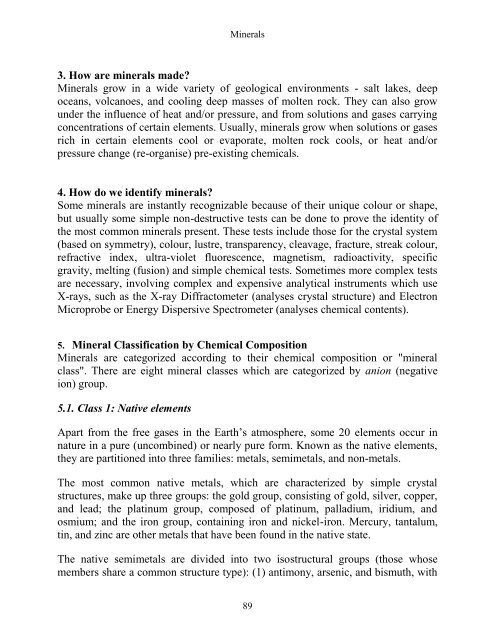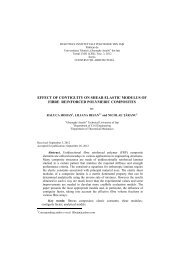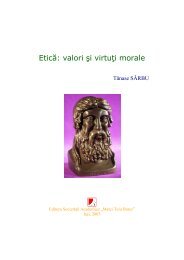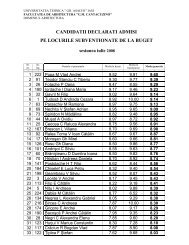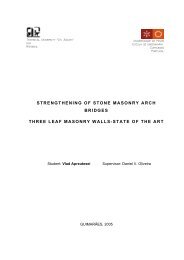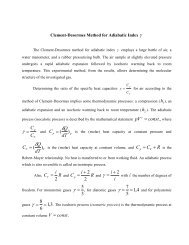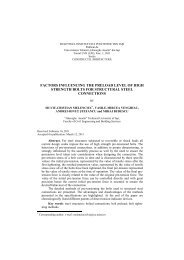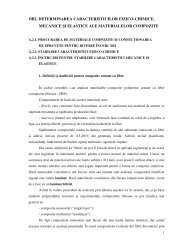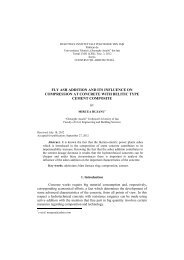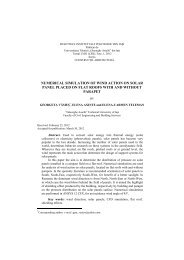1. What Are Minerals?
1. What Are Minerals?
1. What Are Minerals?
Create successful ePaper yourself
Turn your PDF publications into a flip-book with our unique Google optimized e-Paper software.
<strong>Minerals</strong><br />
3. How are minerals made?<br />
<strong>Minerals</strong> grow in a wide variety of geological environments - salt lakes, deep<br />
oceans, volcanoes, and cooling deep masses of molten rock. They can also grow<br />
under the influence of heat and/or pressure, and from solutions and gases carrying<br />
concentrations of certain elements. Usually, minerals grow when solutions or gases<br />
rich in certain elements cool or evaporate, molten rock cools, or heat and/or<br />
pressure change (re-organise) pre-existing chemicals.<br />
4. How do we identify minerals?<br />
Some minerals are instantly recognizable because of their unique colour or shape,<br />
but usually some simple non-destructive tests can be done to prove the identity of<br />
the most common minerals present. These tests include those for the crystal system<br />
(based on symmetry), colour, lustre, transparency, cleavage, fracture, streak colour,<br />
refractive index, ultra-violet fluorescence, magnetism, radioactivity, specific<br />
gravity, melting (fusion) and simple chemical tests. Sometimes more complex tests<br />
are necessary, involving complex and expensive analytical instruments which use<br />
X-rays, such as the X-ray Diffractometer (analyses crystal structure) and Electron<br />
Microprobe or Energy Dispersive Spectrometer (analyses chemical contents).<br />
5. Mineral Classification by Chemical Composition<br />
<strong>Minerals</strong> are categorized according to their chemical composition or "mineral<br />
class". There are eight mineral classes which are categorized by anion (negative<br />
ion) group.<br />
5.<strong>1.</strong> Class 1: Native elements<br />
Apart from the free gases in the Earth’s atmosphere, some 20 elements occur in<br />
nature in a pure (uncombined) or nearly pure form. Known as the native elements,<br />
they are partitioned into three families: metals, semimetals, and non-metals.<br />
The most common native metals, which are characterized by simple crystal<br />
structures, make up three groups: the gold group, consisting of gold, silver, copper,<br />
and lead; the platinum group, composed of platinum, palladium, iridium, and<br />
osmium; and the iron group, containing iron and nickel-iron. Mercury, tantalum,<br />
tin, and zinc are other metals that have been found in the native state.<br />
The native semimetals are divided into two isostructural groups (those whose<br />
members share a common structure type): (1) antimony, arsenic, and bismuth, with<br />
89


